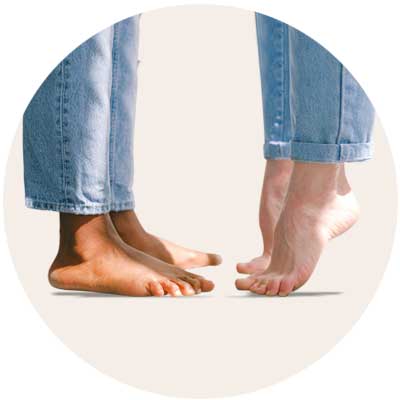What are wounds?
During cancer treatment, the skin often becomes less elastic, more sensitive and more prone to tears or wounds. Wounds are lesions of the stratum corneum. They are differentiated into superficial wounds (abrasions and grazes) and deeper wounds (e.g. cuts). Bleeding may accompany wounds depending on their severity. The most common wounds occur after accidents involving sharp, pointed objects in the home or work environment. Wounds can be caused accidentally in cases of trauma, or following surgical procedures.
How to treat wounds
Following an injury that causes a wound:
- wash the wound well
- allow bleeding
wash the wound well with clean, running water, or with a non-irritant disinfectant (e.g. benzalkonium chloride in an aqueous solution). Washing the wound removes bacteria or any solids that have penetrated the wound. Avoid washing the wound with alcohol, iodine or chlorine solutions as they can irritate the cells of the wound and the healthy cells around them that are responsible for tissue repair. allow bleeding to occur to promote natural disinfection and to encourage repair.
How to dress the wound?
Wounds tend to repair themselves over time but to promote healing and prevent infection, they should be dressed.
Help for damaged skin:
Applying cotton gauze impregnated with PEG Balm creates a favourable environment for skin regrowth. The gauze prevents wound contamination from the external environment while PEG Balm absorbs exudates. Secure the gauze in place with elastic tubular netting, which allows the skin to breathe throughout the healing process.
For disinfection, avoid the use of Alcohol, Iodine, Chlorine solutions or dyes because they irritate both the wound cells and the healthy cells around them that are responsible for tissue repair.











